 Structure-Based Volume Rendering
Structure-Based Volume Rendering
Interval Set Construction
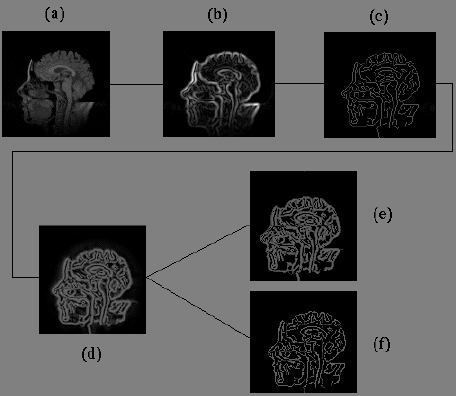
Figure 1: Starting from top left figure, the polylines indicate the
the flow of construction process.
(a) A slice of a CT volume. (b) The modulus of wavelet transform.
(c) The curves of wavelet maxima. (d)
The wavelet modulus reconstructed from normalized wavelet maxima.
(e) and (f) Binary images of interval sets with different interval bounds.
Recovering Information from Interval Set
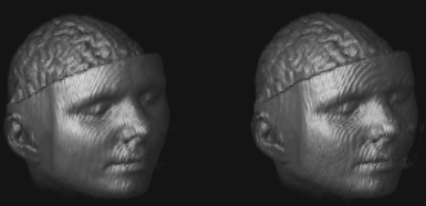
Figure 2: A volume (left) with its reconstruction
from wavelet maxima (right).
Packing Interval Set
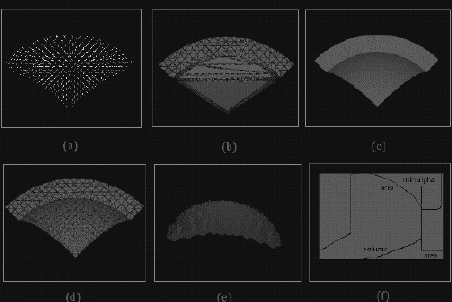
Figure 3: A working example for constructing the simplicial approximation
of an interval set.
Rendering Examples
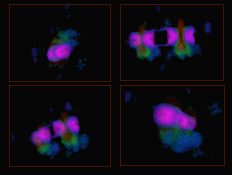
Click on the image above to see a full-size version
Figure 4: A fine scale critical subvolume
representing the wave function of HIPIP.
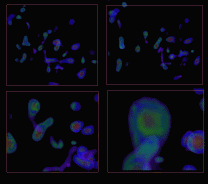
Click on the image above to see a full-size version
Figure 5: The volume inside an isosurface of a scalar volume
representing the electron density of superoxide dismutase enzyme.
Notice the zoom-in sequence on a small blob.
References:
Acknowledgements:
Last update : Dec. 28, 1996.
If images on this page look dark to you, see the note about
gamma correction.
back to the main page
 Structure-Based Volume Rendering
Structure-Based Volume Rendering Structure-Based Volume Rendering
Structure-Based Volume Rendering



